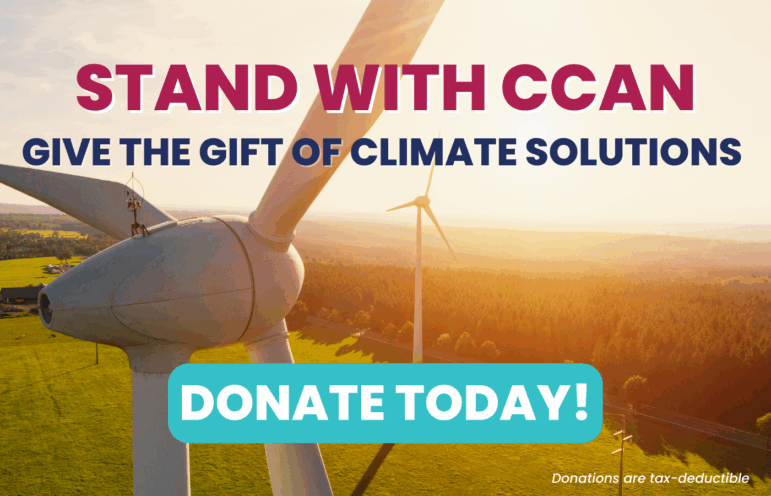A proposed waste incinerator along the Monocacy River near Frederick would pollute air and water, put local taxpayers on the hook for billions of dollars, and could result in 300,000 tons of extra waste being trucked through the community every year.
A trash incineration company called Wheelabrator, Inc. is in the process of securing a construction permit to build a 45 MW capacity waste-to-energy incinerator in Frederick, MD. The project would be within 3 miles of seven schools and four daycare centers, and immediately adjacent to the Monocacy River. This incinerator will take 1,500 tons of household and hazardous wastes per day (550,000 tons per year) and burn them to create electricity. The incinerator will be owned by the Northeast Maryland Waste Disposal Authority and will cost between $325 to $615 million dollars to construct and operate.
Incinerators harm public health and the environment
- The Frederick Incinerator could release up to 10 million pounds of particulates (very fine dust particles that cause respiratory and cardiovascular diseases), 90 pounds of mercury, and 400,000 gallons of contaminated wastewater every year for 30 years. Some of these pollutants cause cancer. These pollutants accumulate and persist in both the environment and human tissue.
- Burning trash transforms solid waste into gases that enter our atmosphere and negatively impact human health and the environment. Eventually, in the form of costs incurred by public health problems and environmental remediation, the state will have to pay for and deal with these wastes.
- Installing even the most cutting edge air pollution controls does not eliminate toxins – it can only collect them into concentrated forms that must be landfilled.
- Potential health impacts linked with incinerator pollution include cancer, asthma, bronchitis, developmental delays, and nerve damage.
- The child cancer/leukemia risks of children living within 3 miles of incinerator sites were doubled in a 27-year medical study.
- The Frederick Incinerator will also create 151,000 tons of toxic ash that could contaminate drinking water if not properly landfilled.
- Per unit of energy (MWh), the incineration of municipal solid waste produces more carbon dioxide, a greenhouse gas that causes global warming, than the combustion of coal.
Incineration is a bad deal for Fredrick County
- When the incinerator was first considered, the plan included Carroll County as a joint partner in the venture. Carroll’s involvement is now up in the air, leaving Frederick County on the hook for importing hundreds of thousands of tons of waste to operate the incinerator.
- Frederick County currently exports about 160,000 tons of garbage to landfills. If this incinerator is constructed, depending on variables such as population growth and recycling, Frederick County will be forced to import over 300,000 tons of garbage per year to operate the plant at full capacity (1,500 tons of garbage per day). Even if the incinerator is halved in size – a proposal some County officials are considering – Frederick would still need to import at least 83,000 tons of garbage per year. Plus, halving the size of the incinerator actually increases costs per ton.
- Frederick County residents will foot the bill for the incinerator for the next 30 years through their property taxes. If the incinerator cannot make a profit from the sale of electricity for any reason, lost revenue will mean higher taxes for Frederick citizens.
Alternatives to incineration in Frederick County
- The goal of ‘zero waste’ in Frederick will not be met by waste incineration. Instead, this will create a system that demands the continued production of garbage and even the importation of garbage from other counties.
- Carroll County has established a citizen work group to recommend alternatives for waste disposal beyond landfilling and incineration. Frederick County should follow Carroll County’s lead, and consider alternatives to incineration that protect public health.
- Measures taken to reduce the initial production of waste are the only way to effectively work towards zero waste. Instead of burning garbage, Frederick County should encourage greater material use efficiency, recycling, composting, and industrial material reuse.
Community groups organizing against the incinerator
- The No Incinerator Alliance: http://no-incinerator.org/
- Waste Not! Frederick County: http://www.wastenotfrederick.org/
- Waste Not! Carroll County: http://www.wastenotcarroll.org/

